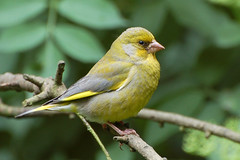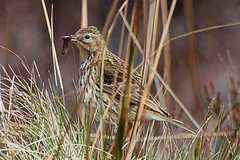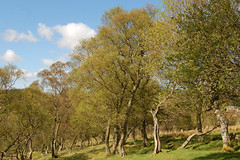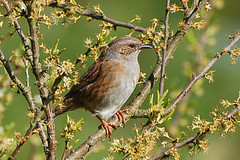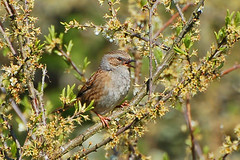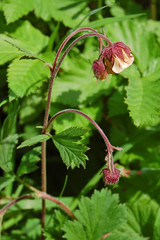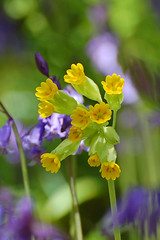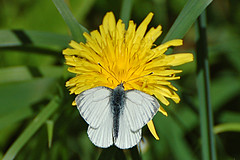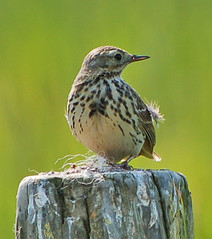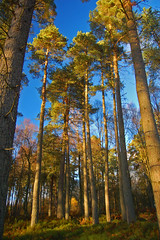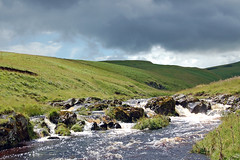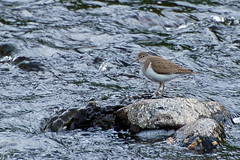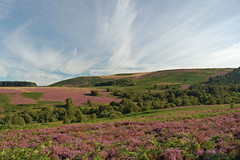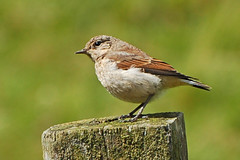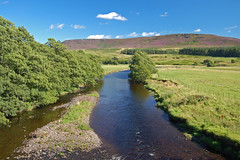Bakethin was created in 1979 with the construction of a dam across the North Tyne which flooded part of the valley up stream; the dam is near to the now submerged Bakethin farm. From the start, Bakethin was developed as a special conservation area within the larger Kielder Water scheme.
The site offers a range of habitats including grassland, coniferous and broad-leafed woodland, heathland and marsh. Much is promised in the available literature but, despite hearing the yaffle of a green woodpecker at the car park just after I arrived, a good sign I thought, it turned out to be a rather lean day for observations.
A short walk through mixed woodland, where I watched a Robin feeding a single fledging, brings you to a hide which conveniently overlooks three islands that have been constructed in a bay on the southern edge of the lake. One island is topped with a shingle mound, ideal for breeding wading species including the pair of Oystercatchers seen today. On another island, a holt was built to encourage otters which have bred at the site.

Apart from a small number of Sandmartins and a Heron flying over, the only birds seen at the lake were Mallard. I had a fleeting glimpse of a Great Spotted Woodpecker when retracing my steps to the car park.

I won't give up on Bakethin; I think it is well worth follow-up visits at different times of the year and certainly an earlier visit next year. And today, a long sit in the hide provided a perfect shelter from the worst of the afternoon sun and allowed time to practice my digiscoping skills with my Nikon ED50 fieldscope (see my earlier article entitled An Introduction to Digiscoping):






